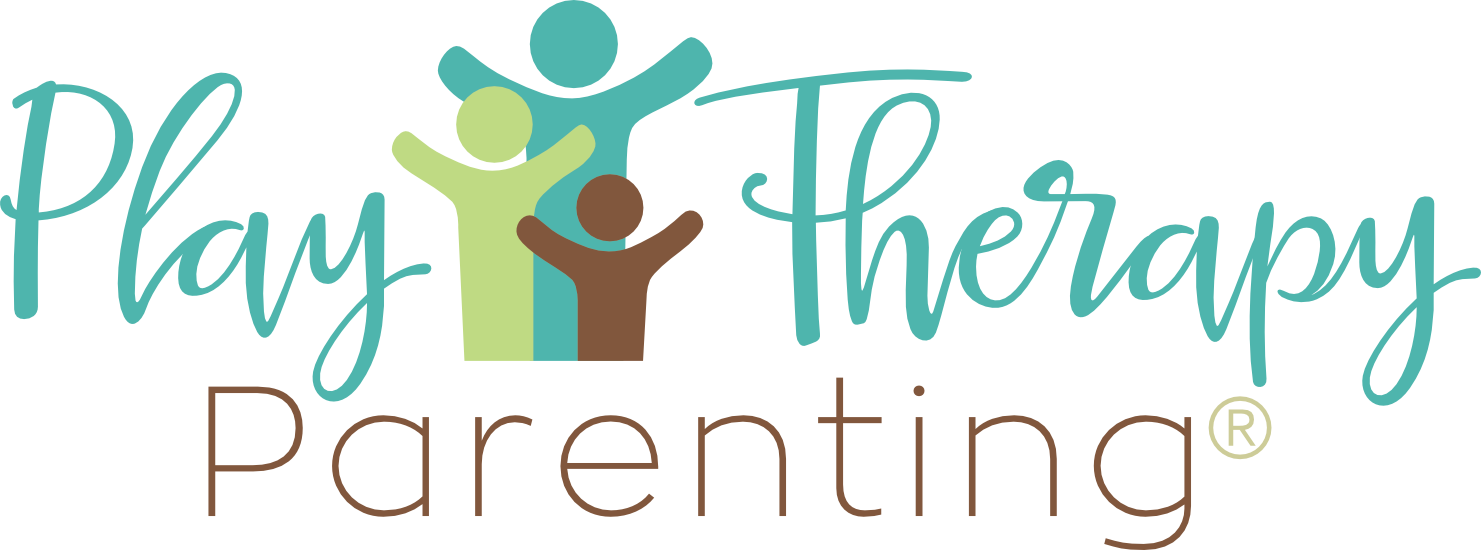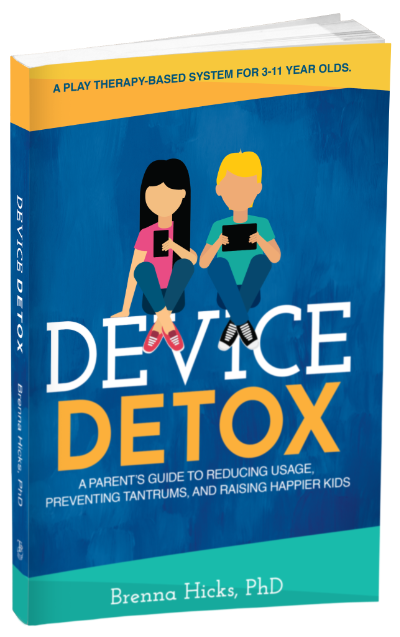S3E14 – Parent Companion for Play Therapy: How One Child in Therapy Changes the Whole Family
In this episode of the Parent Companion for Play Therapy series, I talk about how your child becomes the “identified change agent” in the family once they begin child-centered play therapy. When a child starts growing, regulating better, and acting differently, it naturally disrupts the family’s usual roles and patterns — and everyone else has to adjust. I explain why change in one person always leads to change in the entire system, even when the rest of the family isn’t in therapy.
I also talk about birth order, family roles, and the self-fulfilling impact of the labels we use for our kids. When your child begins to move toward their ideal self through CCPT, siblings and parents often shift too — sometimes with resistance, sometimes with ease. Understanding this dynamic helps you make sense of why family patterns change during therapy and how you can support a healthier balance moving forward.
Ask Me Questions: Call (813) 812-5525, or email: [email protected]
My Book: Device Detox: A Parent’s Guide To Reducing Usage, Preventing Tantrums, And Raising Happier Kids – https://a.co/d/bThnKH9
Podcast HQ: https://www.playtherapyparenting.com/
My Newsletter Signup: https://www.playtherapyparenting.com/newsletter/
My Podcast Partner, Gabb Wireless: https://www.playtherapyparenting.com/gabb/
Parent Companion for Play Therapy: When Your Child Becomes the Change Agent
When a child begins child-centered play therapy, the change that happens isn’t limited to the playroom. As your child grows — gaining regulation, emotional vocabulary, confidence, and self-control — that growth naturally affects everyone else in the family. In CCPT, the child becomes the identified change agent, meaning their progress initiates shifts throughout the entire household.
This is one of the most important concepts for parents to understand. Play therapy doesn’t work in isolation. When your child begins moving toward a healthier version of themselves, it disrupts the old patterns that kept the family system in balance — even if those patterns weren’t helpful.
Change in One Person Requires Change in Everyone
Families function like a system: when one part changes, the rest must shift to maintain balance. In CCPT, your child is the one doing the internal work. They begin responding differently, regulating differently, communicating differently, and experiencing themselves differently.
As that happens, siblings, parents, and sometimes even extended family members feel the impact. Some may adjust quickly. Others may resist the shift at first. But the system cannot stay the same once your child begins changing.
The Child as the Identified Change Agent
Because the child is the one in therapy, they become the spark that moves the entire family toward healthier patterns. Their growth pushes the family out of old roles and expectations and into something more balanced.
This is why you may see:
- Siblings adjusting their behavior in response to the child’s growth
- Parents needing to change how they respond or communicate
- Old routines no longer working the same way
- Power dynamics shifting as the child becomes more regulated
These are signs that the system is reorganizing around your child’s progress — and that’s exactly what’s supposed to happen.
Why Parents Often Feel This Shift First
Parents are typically the first to notice that things feel “different.” Your child starts acting in new ways, and suddenly the usual responses don’t fit anymore. You might find yourself needing to adjust how you set limits, how you communicate, or how you support your child’s independence and growth.
This isn’t a setback — it’s the natural ripple effect of real change. Your child can only move so far on their own. At a certain point, the family must move too.
Supporting the New Balance
The most helpful thing parents can do is recognize the shift and lean into it, rather than trying to pull things back to how they used to be. When you grow alongside your child — even in small ways — you help create a new, healthier balance for the whole family.
The goal of CCPT is not to “fix” a child. The goal is to help the entire family system become stronger, healthier, and more connected. Your child’s growth is the starting point, and your support helps sustain the change long-term.
Final Thoughts
Your child’s progress in play therapy is powerful. It doesn’t stay contained in the playroom — it moves outward, influencing everyone connected to them. When you understand that your child is the change agent, it becomes easier to see these shifts for what they are: signs of growth, movement, and healing throughout your entire family system.

